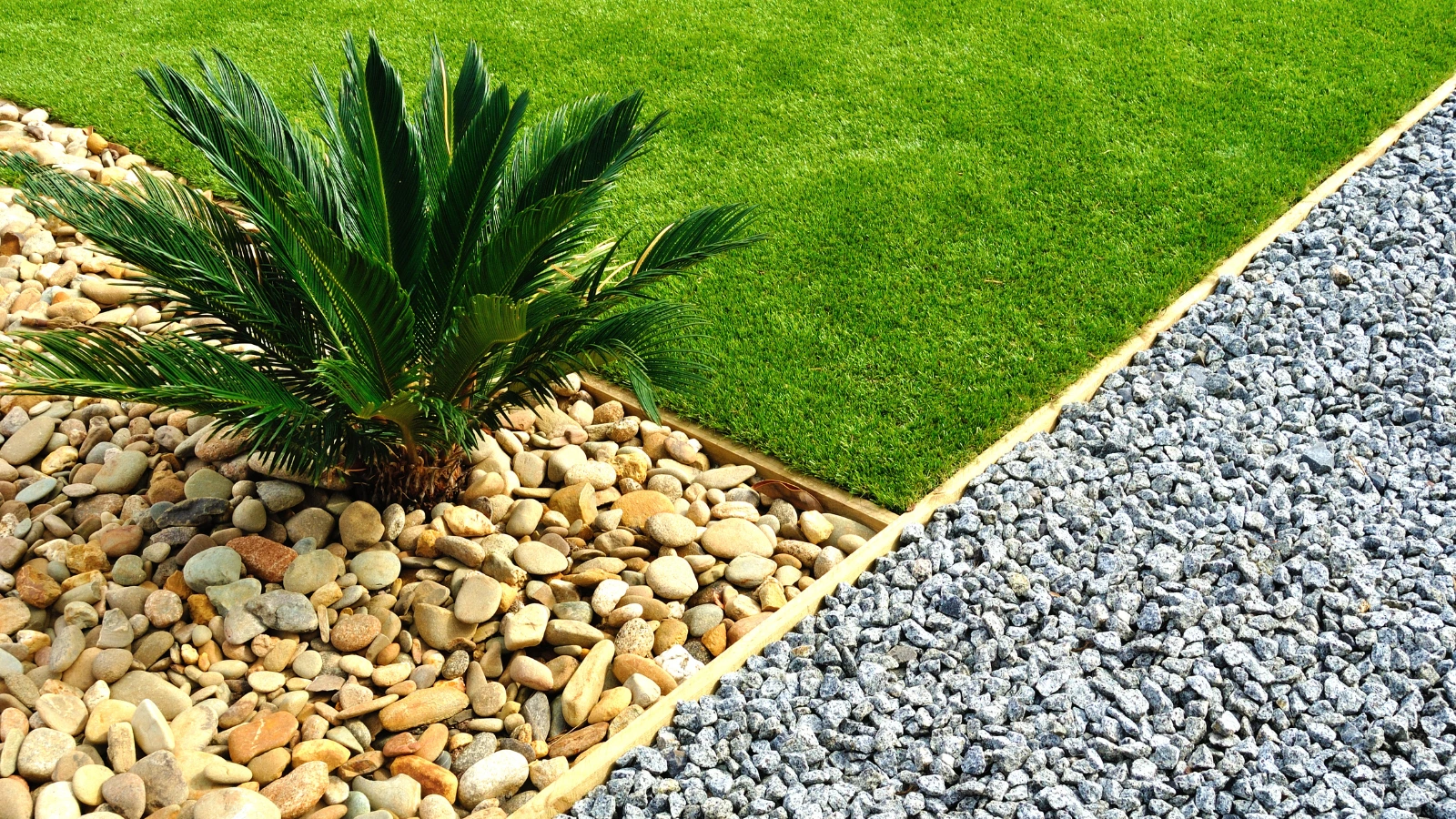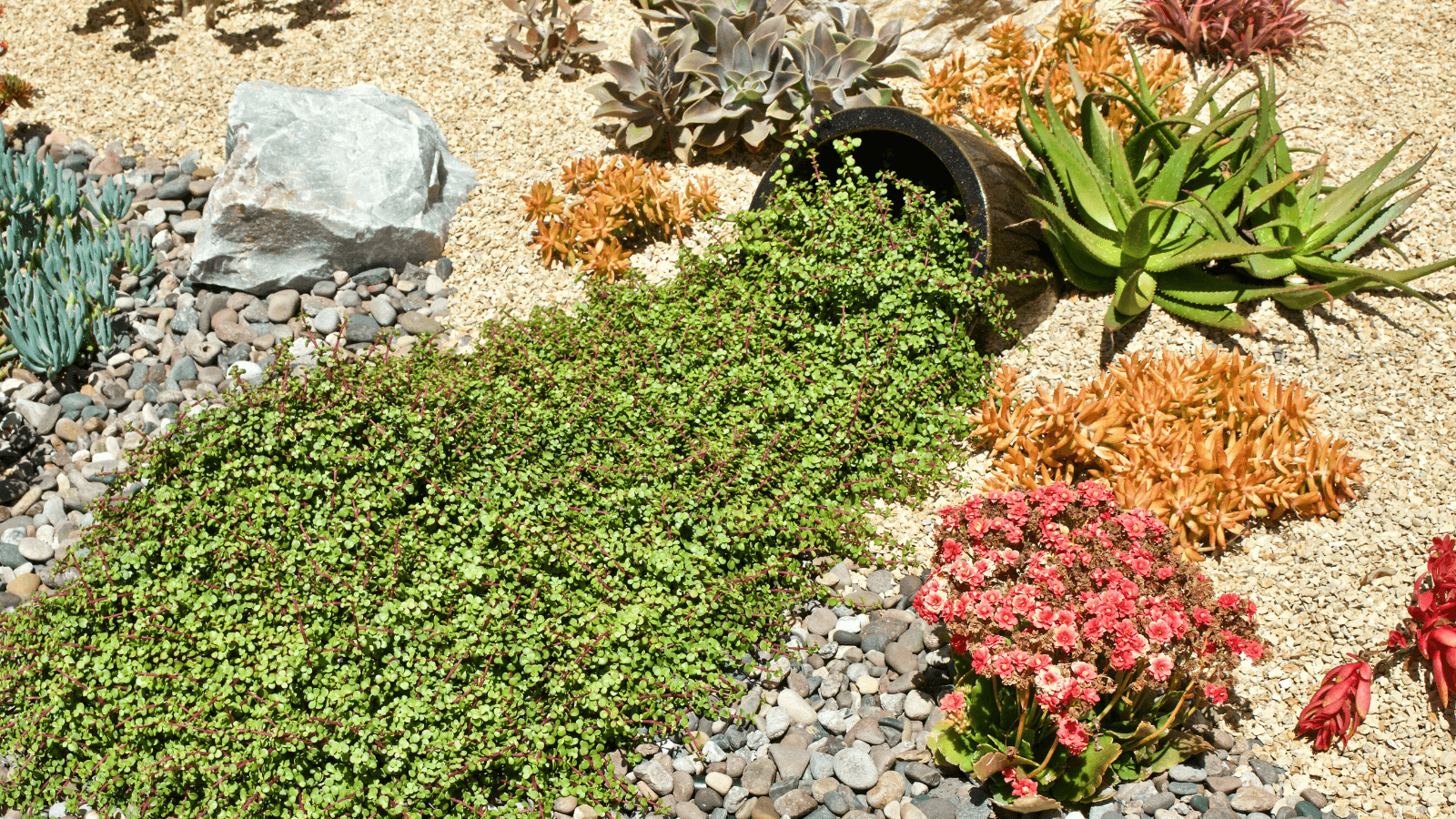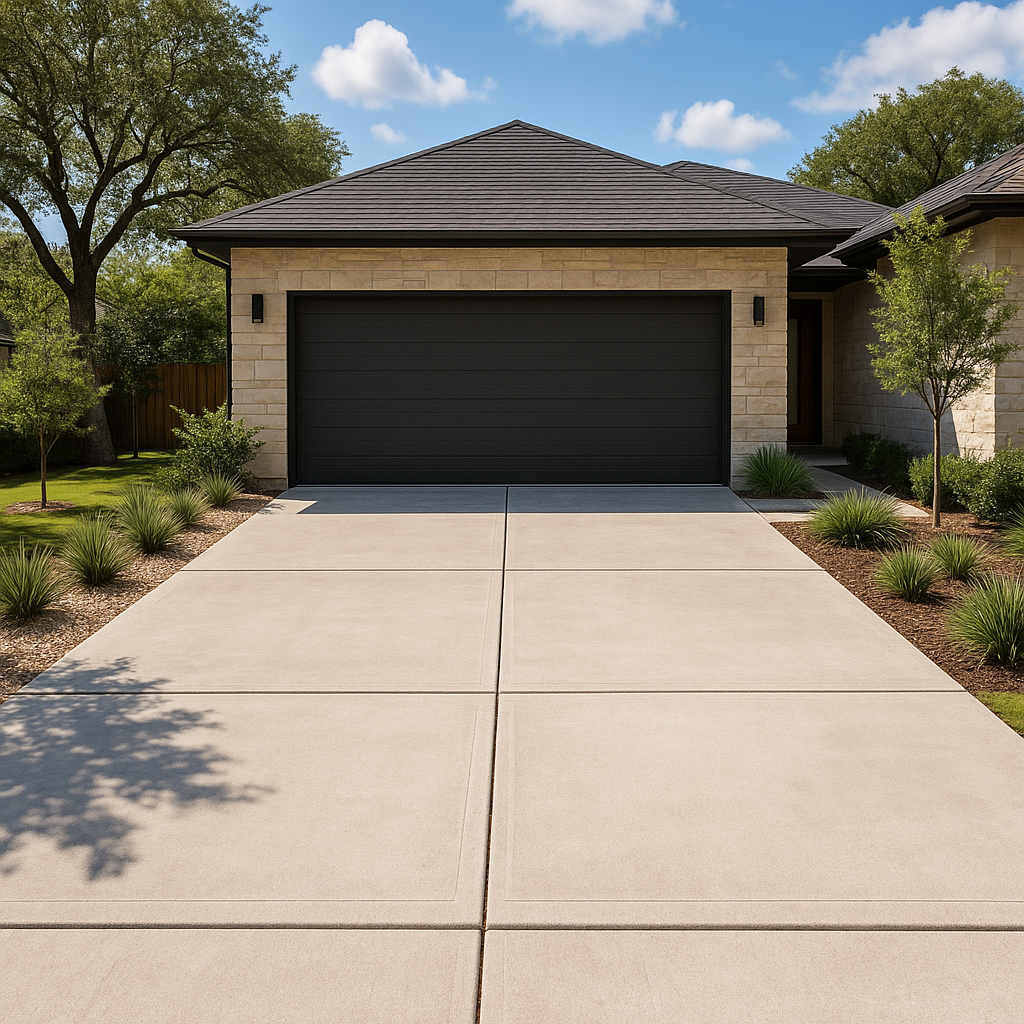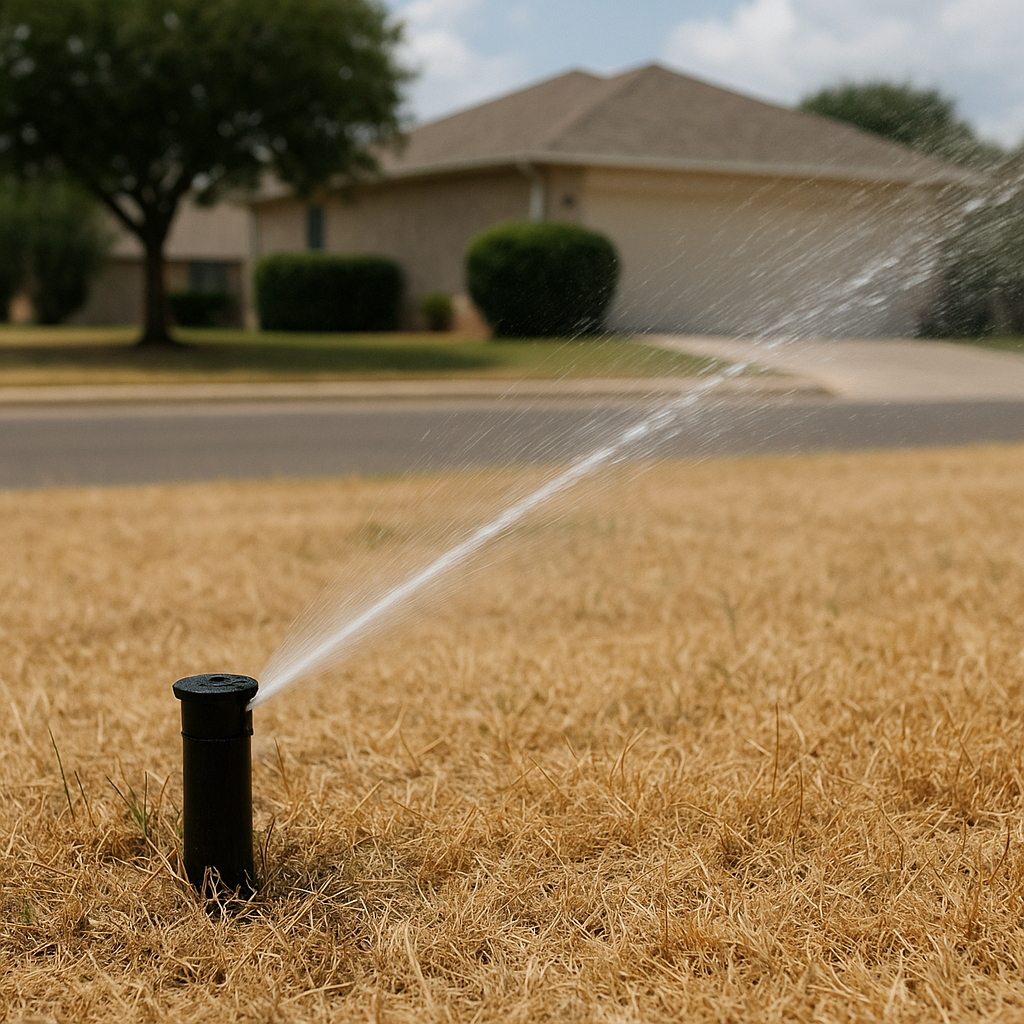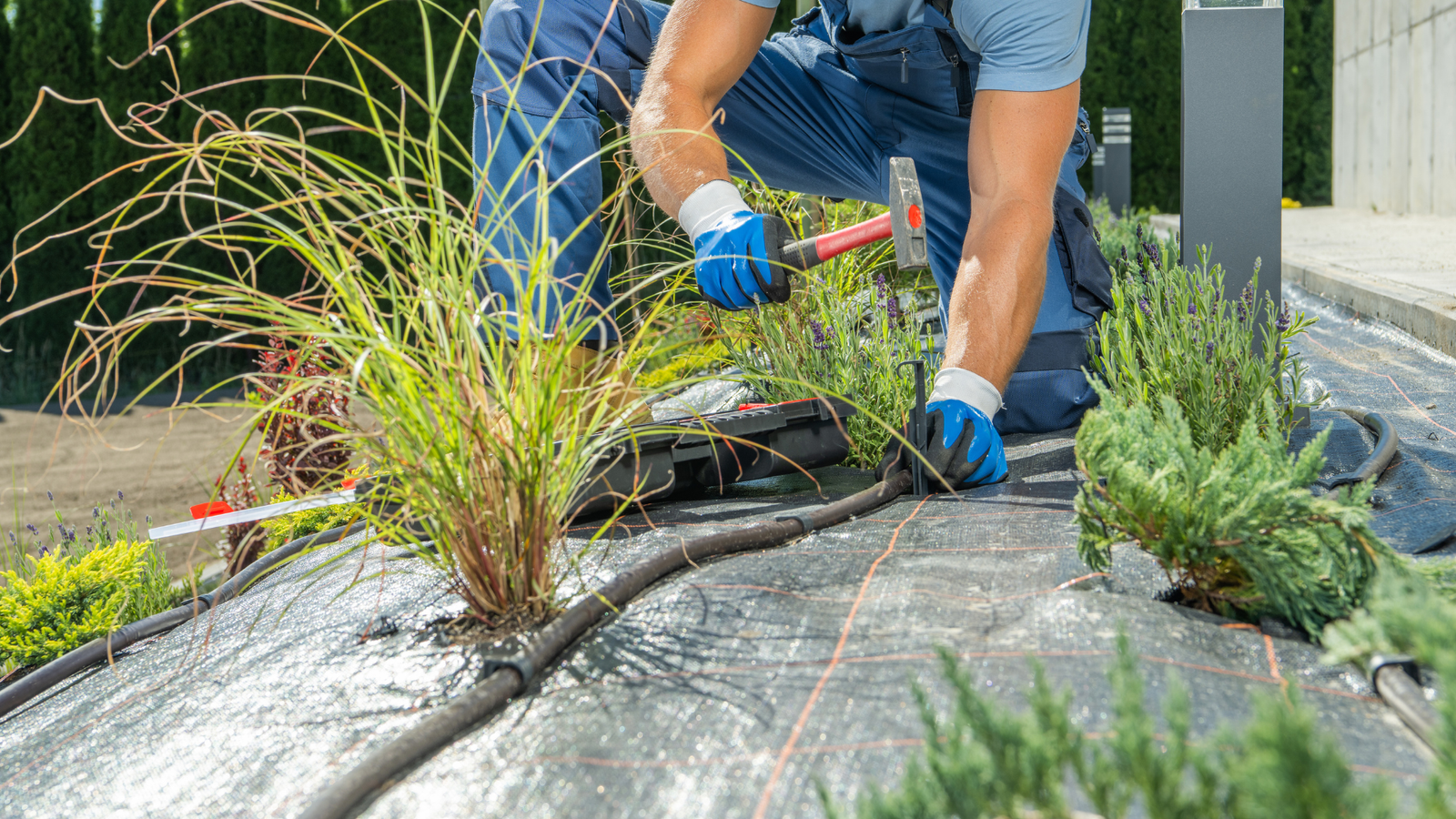When designing your ideal outdoor space, a key question often arises: Hardscaping vs Landscaping, which is best for your yard? Whether you’re a homeowner, property manager, or business owner in South Austin, choosing the right approach can significantly impact both the look and functionality of your outdoor area. In this article, we’ll explore the differences, benefits, and how to decide what your space truly needs.
What is Landscaping in Outdoor Design?
Landscaping is the use of natural, living elements, like grass, trees, flowers, and shrubs, to create an attractive and functional outdoor environment. It focuses on aesthetics, curb appeal, and environmental health. In South Austin, landscaping often includes drought-tolerant plants and efficient irrigation systems that support sustainability and reduce water use.
A well-designed landscape not only adds beauty but also improves property value and helps manage stormwater through proper grading and drainage. Planting native species supports local biodiversity and cuts down on maintenance. Whether it’s a lush lawn, a colorful flower bed, or a shaded garden, landscaping creates a vibrant and welcoming outdoor atmosphere.
What is Hardscaping in Outdoor Design?
Hardscaping refers to the non-living elements of outdoor design, patios, walkways, retaining walls, pergolas, decks, and other man-made structures. These features are built using materials like stone, concrete, brick, wood, and metal. Hardscaping brings structure, usability, and definition to your yard.
For South Austin residents, hardscaping is especially useful in hot, dry climates. It reduces the need for lawn space and irrigation, making it ideal for low-maintenance designs. Popular hardscaping projects include outdoor kitchens, fire pits, and stone paths that define zones within your yard while improving overall functionality.
Hardscaping vs Landscaping: Understanding the Difference
Landscaping brings your yard to life with plants and greenery, while hardscaping provides the foundation, paths, walls, and surfaces that make your outdoor space usable and organized. Landscaping softens a yard, offering color and texture. Hardscaping adds structure and flow, guiding movement and creating functional areas for gathering, dining, or relaxing.
While landscaping changes with the seasons and requires ongoing care, hardscaping stays relatively stable, only needing occasional cleaning or resealing. In terms of cost, landscaping typically has a lower upfront investment but more frequent upkeep, whereas hardscaping has higher initial costs and minimal maintenance over time.
Here’s a helpful side-by-side comparison:
| Feature | Landscaping | Hardscaping |
| Components | Grass, plants, trees, flowers, landscaping features | Stone, concrete, wood, brick, concrete pavers, deck, and stones |
| Purpose | Aesthetic appeal, environmental health | Functionality, structure, usability |
| Maintenance | Seasonal care, pruning, and watering | Occasional cleaning or sealing of outdoor features |
| Cost Range | Lower initial cost, ongoing upkeep | Higher initial cost, low maintenance |
| Water Use | Requires irrigation | Often water-free |
| Environmental Impact | Promotes biodiversity | Reduces soil erosion |
Which is Better: Hardscaping vs Landscaping?
The answer depends on your goals, budget, and how you want to use your yard. If you want lush, natural beauty, landscaping is essential. If you’re looking to build out usable outdoor living areas, hardscaping is the way to go. Most properties benefit from a combination of both, using greenery to soften the lines of patios and walkways, or placing trees near seating areas to provide shade and atmosphere.
Incorporating both hardscape and landscape design ensures your outdoor space is not only beautiful but also functional and inviting. Think of a gravel path winding through flower beds, or a pergola surrounded by native plants. The combination offers the best of both worlds.
Designing for Austin’s Climate: Hardscaping vs Landscaping Considerations
South Austin’s climate poses specific challenges, including long hot summers, limited rainfall, and clay-heavy soils. Landscaping here requires thoughtful plant selection. Drought-resistant native plants like Texas Sage or Blackfoot Daisy conserve water and thrive in local conditions. Smart irrigation systems and mulching improve soil health and moisture retention.
Hardscaping materials must also withstand intense heat. Concrete, limestone, and brick are all suitable for this environment. Well-designed grading and drainage are essential to handle occasional downpours and prevent erosion or water damage.
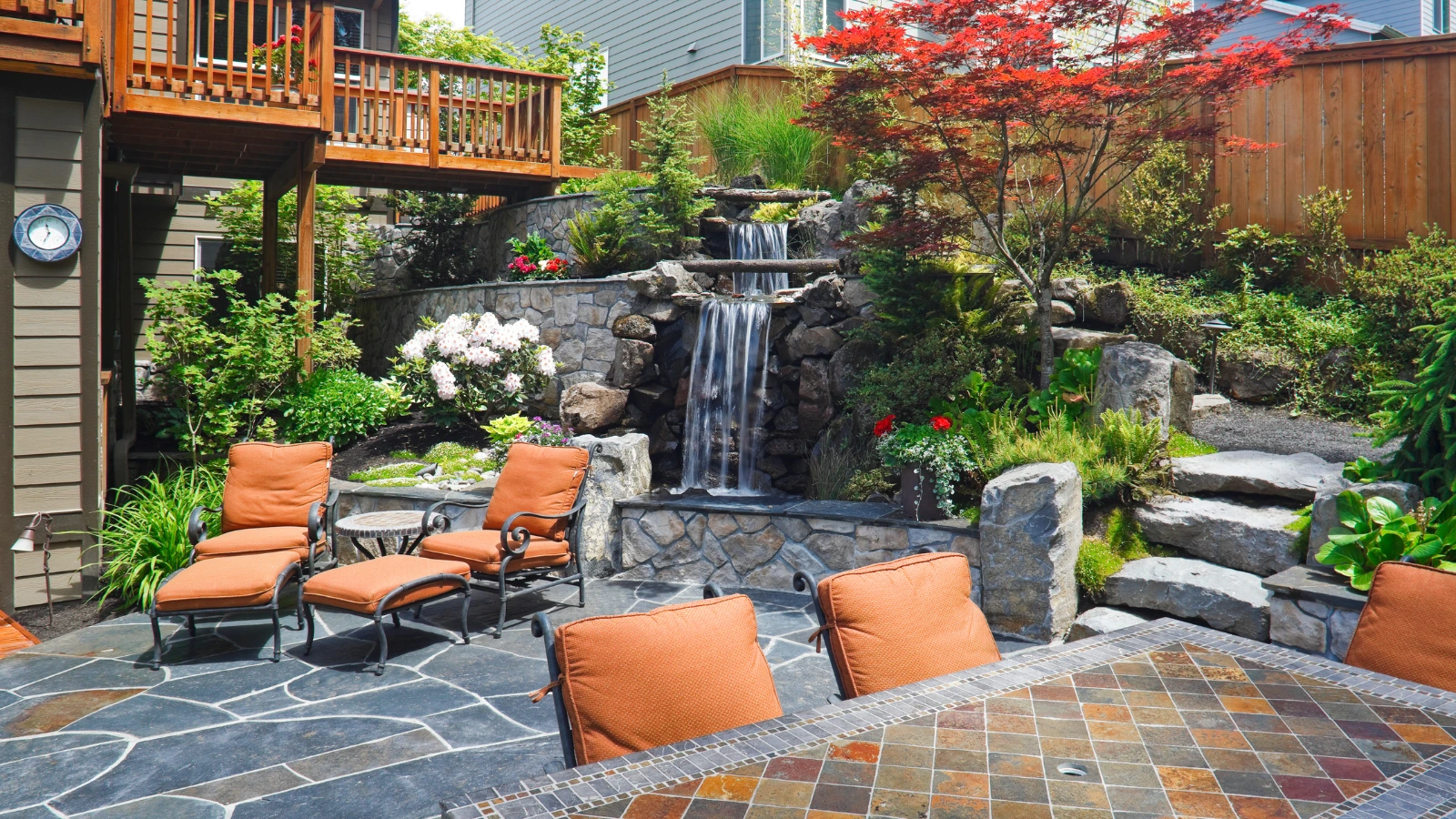
Blending Function and Beauty in Outdoor Living
The best outdoor spaces integrate hardscaping and landscaping in a seamless design. A stone patio becomes a natural extension of your home when surrounded by shrubs or flower beds. A retaining wall can serve both structural and aesthetic purposes when built alongside native grasses or climbing plants.
Outdoor living spaces are a growing trend in Austin. Homeowners are adding kitchens, fire pits, and lounge areas to extend their living space into the yard. These projects often begin with hardscape elements, but landscaping completes the look, adding warmth, color, and natural contrast. Strategic lighting enhances safety and ambiance, especially around paths, patios, or gathering areas.
Maintenance and Cost Considerations
Landscaping requires consistent upkeep: mowing, pruning, fertilizing, and seasonal planting. In contrast, hardscaping needs occasional cleaning or resealing and can last decades with minimal care. A mixed design might also require irrigation adjustments or drainage planning to ensure both systems work well together.
While landscaping has a lower upfront cost, its maintenance can add up. Hardscaping is a higher investment initially, but pays off in durability and low upkeep. A balanced approach considers both the initial budget and the long-term value.
Eco-Friendly and Sustainable Design
Sustainability is increasingly important in outdoor design. Landscaping with native plants minimizes water use and supports pollinators. Hardscaping can also be eco-conscious when using recycled or permeable materials, which help manage stormwater and reduce runoff.
Combining both approaches allows you to create a yard that’s environmentally friendly, cost-efficient, and easier to maintain over time. Using less lawn, more drought-tolerant plantings, and low-water hardscape features helps protect local resources while improving property value.
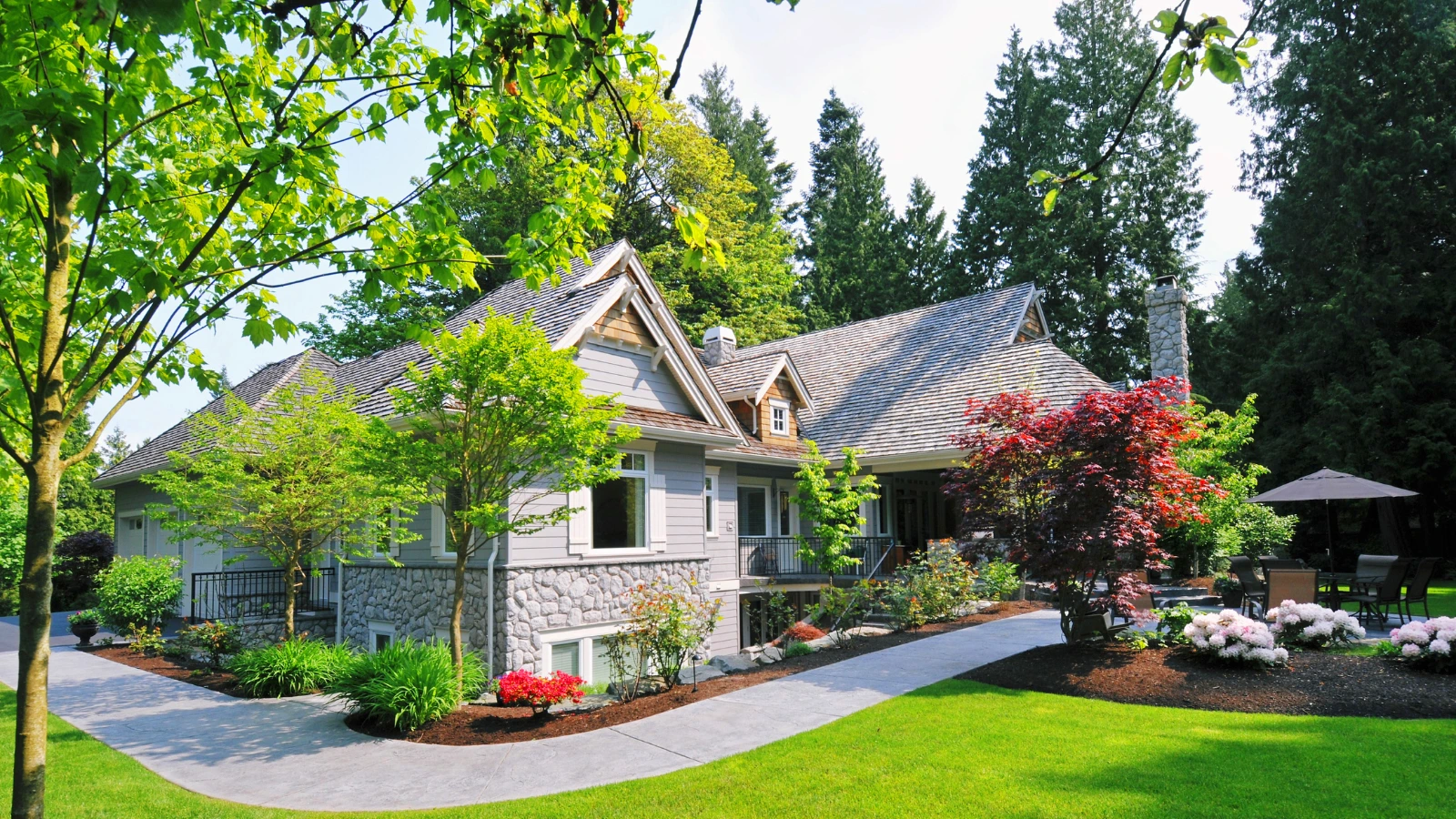
Hardscaping vs Landscaping
Choosing between hardscaping vs landscaping isn’t always about picking one over the other. Most homeowners benefit from a thoughtful combination of the two. Landscaping brings life, color, and ecological value. Hardscaping adds structure, flow, and functionality. Together, they create an outdoor space that is beautiful, practical, and uniquely suited to your needs.
Whether you’re starting fresh or upgrading your current yard, working with experienced professionals ensures your vision comes to life. At South Austin Landscaping & Construction, we help you design and build outdoor spaces that match your style, climate, and lifestyle. Explore our landscaping and hardscaping services and turn your yard into your favorite place to be.

